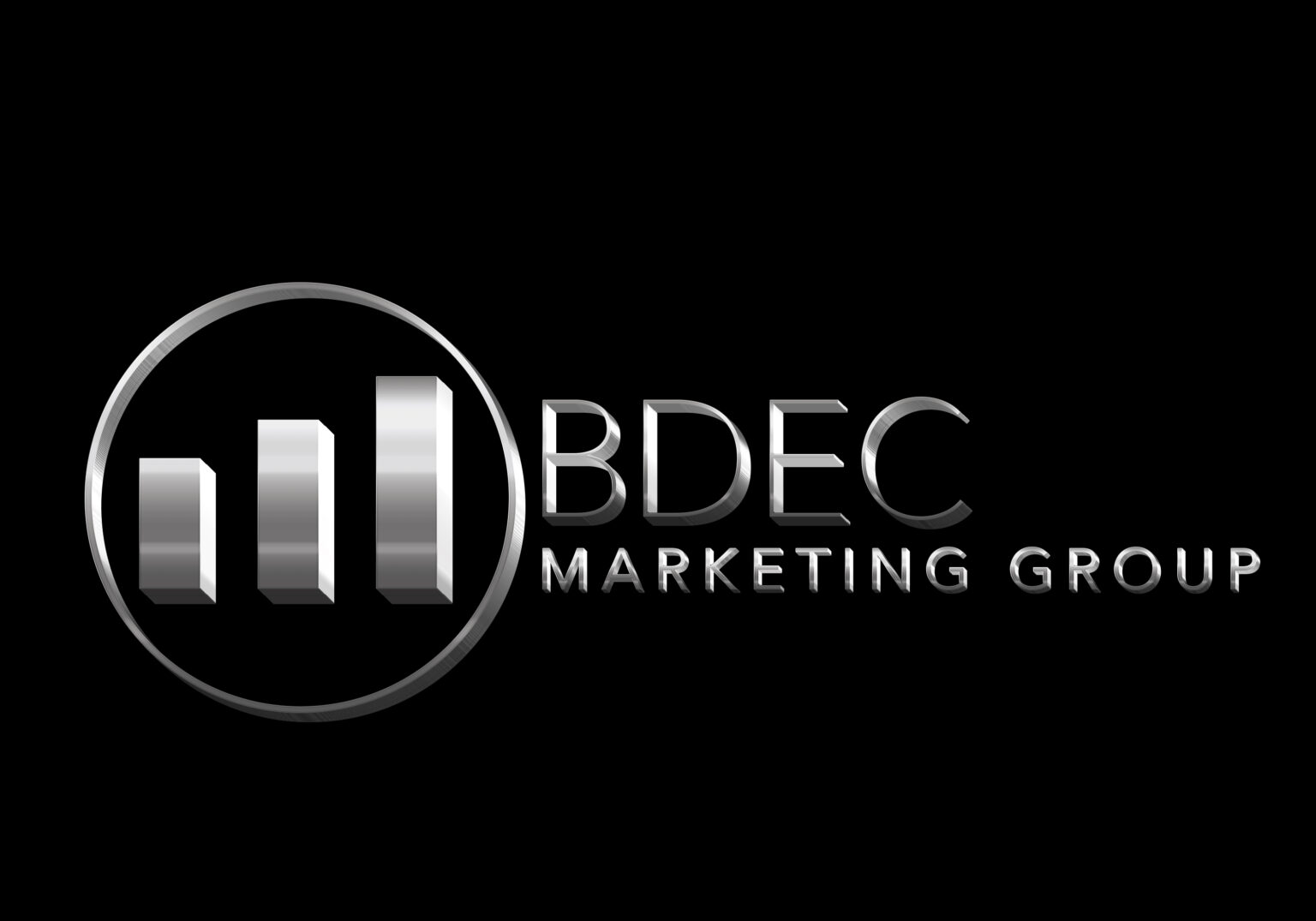When competing to win clients for your law firm, it’s not just about providing exceptional legal services. Law firms must also be adept at marketing themselves effectively. This is where the expertise of a Fractional Chief Marketing Officer (CMO) can make all the difference. A well-crafted pitch deck can be a game-changer in the legal marketing world, helping law firms communicate their legal strategy and value proposition to potential clients. In this comprehensive guide, we will delve into the art of creating a winning pitch deck for law firms, with a particular focus on integrating legal marketing and strategy.
The Significance of a Winning Pitch Deck
Before we dive into the nitty-gritty of creating a compelling pitch deck for your law firm, let’s emphasize why it’s so crucial. In the world of legal marketing, your pitch deck can be a potent tool to:
- Establish Credibility: A well-designed pitch deck showcases your firm’s expertise and achievements, giving you instant credibility in the eyes of potential clients.
- Convey Legal Strategy: It provides a platform to articulate your legal strategy and how it differs from competitors, making it clear why clients should choose you.
- Highlight Value Proposition: It communicates the unique value you bring to the table, helping you stand out in a crowded marketplace.
- Engage and Persuade: A compelling pitch deck keeps the audience engaged and persuades them to take the desired action.
Now, let’s explore the steps to craft an effective pitch deck.
Define Your Audience and Objectives
Before you start building your pitch deck, it’s crucial to define your target audience and objectives. Consider who you’re presenting to—potential clients, investors, or partners. What are the key messages you want to convey? Knowing your audience and objectives will help you tailor your pitch deck for maximum impact.
Structure Your Pitch Deck
An effective pitch deck has a clear and logical structure. Here’s a common structure you can follow:
- Introduction: Start with a compelling introduction. Describe your law firm, its mission, and the core legal services you provide.
- Team: Introduce the key members of your legal team, showcasing their expertise and experience. Highlight how your team’s skills align with your legal strategy.
- Legal Strategy: This is where you delve into the heart of the matter. Explain your firm’s legal strategy in detail. Use this section to differentiate yourself from competitors. Discuss your approach to legal cases, unique methodologies, and any innovative practices.
- Case Studies and Success Stories: Provide examples of successful cases you’ve handled. Use these stories to illustrate your legal strategy in action and how it delivers results for your clients.
- Client Testimonials: Incorporate testimonials from satisfied clients to build trust and credibility.
- Services: Detail the range of legal services you offer. Be concise but comprehensive.
- Market Analysis: Present an analysis of the legal landscape, your position in it, and the opportunities for growth.
- Competitive Analysis: Highlight your key competitors and how your firm compares. Emphasize what sets you apart.
- Marketing Strategy: Describe your approach to legal marketing. This is where you show how you intend to attract and retain clients.
- Financials and Projections: If applicable, include financial data and future projections. This demonstrates your firm’s financial stability and growth potential.
- Conclusion: Summarize your key points and issue a clear call to action, such as contacting your firm for more information.
Design and Visuals
The design of your pitch deck matters. A well-designed pitch deck is more likely to capture your audience’s attention. Here are some design tips:
- Professional and Consistent: Use a professional design that reflects your law firm’s brand. Maintain visual consistency in fonts, colors, and styles.
- Visual Elements: Incorporate relevant visuals, such as images, graphs, and charts, to make complex data more digestible.
- Simplicity: Keep the design simple and uncluttered. Avoid overcrowding slides with too much information.
- Engaging Cover Slide: Your cover slide should be captivating and represent the essence of your law firm. It’s the first impression your audience gets.
Content
The content of your pitch deck is the meat of your presentation. Ensure that it’s well-crafted, informative, and engaging. Here are some content tips:
- Clarity and Conciseness: Use clear, concise language. Avoid jargon or overly technical terms that might confuse your audience.
- Storytelling: Craft a compelling narrative that connects with your audience on an emotional level. Share stories of real clients and how your legal strategy made a difference in their lives.
- Data and Evidence: Back your claims with data and evidence. This builds trust and credibility.
- Customization: Tailor your pitch deck to your audience. Highlight aspects that are most relevant to their interests and needs.
Legal Marketing Integration
Integrating legal marketing into your pitch deck is essential for positioning your law firm effectively. Here’s how you can do it:
- Brand Messaging: Ensure your legal marketing strategy aligns with your brand messaging. Your pitch deck should reflect a consistent brand image.
- Online Presence: Showcase your online presence. Highlight your website, social media profiles, and other online assets. This demonstrates your commitment to staying relevant in the digital age.
- Content Marketing: Mention your content marketing efforts, such as blogs, newsletters, and webinars. This shows your commitment to educating clients and prospects.
- SEO Strategy: If you have an SEO strategy, mention it. This highlights your efforts to be discoverable online.
- Client Engagement: Explain how you engage with clients through webinars, workshops, or other events. This shows that you’re not just a legal service provider but a partner in your clients’ success.
Legal Strategy Integration
The core of your pitch deck is your legal strategy. To effectively integrate it into your pitch deck:
- Clear Differentiation: Clearly articulate what makes your legal strategy unique. How is it different from other law firms? What value does it bring to clients?
- Benefits for Clients: Explain how your legal strategy benefits clients. How does it lead to successful outcomes? Use case studies and real-life examples to illustrate.
- Long-Term Vision: Discuss your long-term vision for your legal strategy. How do you plan to adapt and evolve to meet changing legal landscape demands?
Review and Refine
Before finalizing your pitch deck, it’s crucial to review and refine it. Seek feedback from colleagues, mentors, or your Fractional CMO to ensure it’s polished and persuasive. Pay attention to grammar, punctuation, and overall clarity.
Creating a winning pitch deck for your law firm is a critical aspect of legal marketing and strategy. It’s an opportunity to tell your firm’s story, showcase your legal expertise, and connect with potential clients. When properly executed, a pitch deck can set your firm apart from the competition and position you as the top choice for clients seeking legal services.
As a Fractional CMO specializing in legal marketing, I understand the unique challenges and opportunities law
firms face in today’s dynamic landscape. If you’re ready to take your legal marketing and strategy to the next level, I invite you to book a free consultation today. Together, we can craft a winning pitch deck that aligns perfectly with your firm’s goals and values. Contact us to get started on your journey to legal marketing success.




